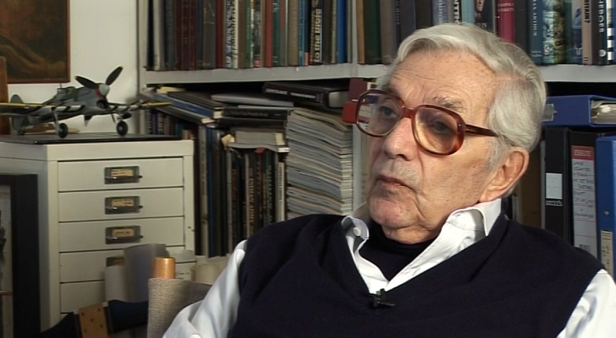NEXT STORY

Stories with Stanley Kubrick
RELATED STORIES

NEXT STORY

Stories with Stanley Kubrick
RELATED STORIES


|
Views | Duration | |
|---|---|---|---|
| 81. The war room | 250 | 03:59 | |
| 82. The war room: the best set that ever designed – Spielberg | 362 | 00:49 | |
| 83. Kubrick’s skill for revealing the set | 316 | 01:25 | |
| 84. Three elements working together to make a brilliant film | 227 | 02:53 | |
| 85. Stories with Stanley Kubrick | 394 | 01:57 | |
| 86. Dr Strangelove: the missing pie fight | 1 | 1849 | 02:19 |
| 87. Woman of Straw | 202 | 01:48 | |
| 88. Sean Connery's slap | 285 | 01:12 | |
| 89. What we did in the evenings while shooting | 164 | 01:09 | |
| 90. Making In the Cool of the Day with Jane Fonda | 134 | 04:16 |


The interesting aspect of it was that we had this war room, which was a complete fabrication, even though when Reagan was President of the United States, when he became the president he asked his chief of staff if he could look at the war room, you know. And that’s true, you know. So that worked, complete... fabrication, whereas the interior of the B-52 bomber, meaning the cockpit which was on two levels, was complete copy, to such an extent – also the instrumentation – that I got a memo from... after some American Air Force personnel came to... were invited to the set, next day, I got a memo from Stanley, saying, he hopes I can justify where I got all my material from otherwise we may be investigated by the CIA, or something like that. It was considered, you know, at that time, slightly... a slightly anti-American picture.
So war room, complete fabrication. Inside of the B-52 complete copy, of course, it didn’t fly, but Stanley used God knows how many Polaroid stills to balance the interior with the exterior, which was shot over the Arctic Circle, from an... old bomber, and so on. And then we had that completely realistic attack on Ripper’s office, which Stanley shot himself with a hand held Arriflex, and these three elements worked and made a fantastic film. So it’s interesting, you see, the complete fabrication, a studio set and the attack, which Stanley, with an Arriflex, shot himself. The three elements worked together and made, in my opinion, a brilliant film.
Sir Kenneth Adam (1921-2016), OBE, born Klaus Hugo Adam, was a production designer famous for his set designs for the James Bond films of the 1960s and 1970s. Initially, he trained as an architect in London, but in October 1943, he became one of only two German-born fighter pilots to fly with the RAF in wartime. He joined 609 Squadron where he flew the Hawker Typhoon fighter bomber. After the war, he entered the film industry, initially as a draughtsman on This Was a Woman. His portfolio of work includes Barry Lyndon and The Madness of King George; he won an Oscar for both films. Having a close relationship with Stanley Kubrick, he also designed the set for the iconic war room in Dr Strangelove. Sir Ken Adam was knighted by Queen Elizabeth II in 2003.
Title: Three elements working together to make a brilliant film
Listeners: Christopher Sykes
Christopher Sykes is an independent documentary producer who has made a number of films about science and scientists for BBC TV, Channel Four, and PBS.
Tags: President of USA, B-52 bomber, American Air Force, CIA, Arctic Circle, Arriflex, Ronald Reagan, Stanley Kubrick
Duration: 2 minutes, 53 seconds
Date story recorded: December 2010 and January 2011
Date story went live: 14 October 2011